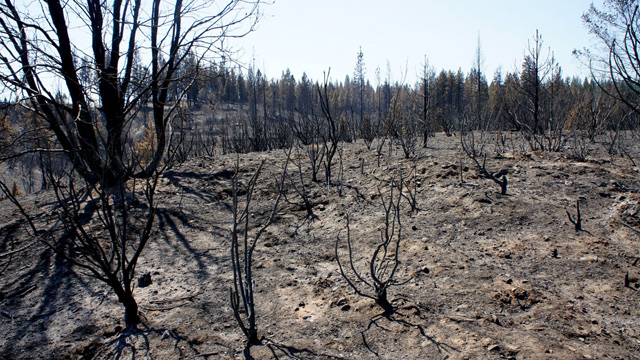
By Benjamin Takavarasha
GLOBAL warming is something of a seismic geopolitical buzz word and for good measure. Perhaps after the COVID-19 pandemic (which is, rightly or wrongly, taken by most as transitory), it is the most pressing global issue.
In simple terms, it is an issue around changes to the climate deriving from human activity that threatens life on the planet, but not just as an apocalypse on the horizon, but whose disastrous effects are felt right now.
There has been at least one international convention, resulting in the Paris 2015 International Treaty on Climate Change, and next month, there is UN Climate Summit (COP26) in Glasgow in Scotland, incidentally to which President Emmerson Mnangagwa will attend, joining 100-plus other global leaders.
Before then, in the host country, on October 21, MPs in the British Parliament, for three hours, debated the climate crisis.
There is hardly an issue that remotely compares with climate change calling for international co-operation on the premise that what any one nation does in contributing to climate change, be it carbon emission in Japan, China, Russia or the West, affects not just the guilty nation but is felt the world over.
On the latter, it is most appropriate to invoke what the late former ANC President Chief Albert Luthuli said, albeit in a different context, when he quipped: “What happens elsewhere affects us here”.
The underpinning science behind climate change is complex, but thankfully the root causes are known.
- Chamisa under fire over US$120K donation
- Mavhunga puts DeMbare into Chibuku quarterfinals
- Pension funds bet on Cabora Bassa oilfields
- Councils defy govt fire tender directive
Keep Reading
The costs towards addressing, rather mitigating the effects of global warming at the deeper end are astronomical.
As a case in point on the latter, in the US according to a recent report in the New York Times, a $3,5 trillion budget package was recently proposed by the Democrats.
Against the backdrop of the scientific complexity of climate change and the astronomical costs of addressing it, one may ask, what real impact can the much simpler task of planting trees have on the global problem? The question becomes pertinent because on the surface it would seem to have little import in the grant scheme of things.
In particular, it can also be asked whether the story of a tree planting project in a rural school and community as highlighted below is really newsworthy. But nothing could be further from the truth:
Impact of Trees
Given that mechanisms to remove carbon dioxide — the biggest culprit — from the atmosphere constitute the main focus, and given that they are expensive and complex, as such, trees present as a simpler and powerful and cost-effective weapon in the fight against climate change.
This derives from the fact that trees are the ultimate carbon capture and storage machines.
They do this through photosynthesis, a process amenable to anyone with even elementary biology. What is more, trees do more than just capture carbon, they also fight the cruel effects of a changing climate.
On the latter, they can help prevent flooding, reduce temperature, reduce pollution and reduce soil erosion.
A commendable school and village project
Against the backdrop of the efficacy of trees towards global warming, it is pertinent to highlight a tree-planting project spearheaded by a rural school, Mukosi, not far from the Great Zimbabwe monument.
Although it started in May, it has gathered momentum and could act as a prototype of similar projects across the country:
According to the headmaster, Lighton Chinengundu, the project was initiated by a 93-year-old Jason Gavure, former headmaster of the school, an interesting and amazing facet to the storyline.
Gavure not only initiated the project, but also walked the talk. He kick-started the project by being the first person to plant a tree and has encouraged other elders in the community to do the same.
Gavure also donated seedlings from his nursery. This has encouraged the school to start its own nursery.
The project gets seeds and seedlings from nurseries in the local community to get different varieties of trees.
Chinengundu highlights the involvement of the pupils, as he puts it: “For watering we involve schoolchildren as a way of making them appreciate the importance of the growing of trees and looking after our forest.”
All in all, the project has encouraged both the school and local community to take ownership towards the hallowed end.
Way forward
Without in any way detracting from the international effort to curb emissions, such an approach is far and away beyond the means of most third world countries, let alone rural communities.
The temptation, therefore, is to fold our arms and say “it’s for them out there” which would be irresponsible and self-defeating.
In our circumstances, tree planting is a viable action to take and by no means insignificant.
While a project like this and similar ones would need investment, internally or externally, if relatively modest by comparison, but as this project has demonstrated, there is no need to wait for outside interventions, if any, before making a start.
- Benjamin Takavarasha is an author and social commentator











